Iron Pagoda Park, Kaifeng – Ticket, Opening Hours, Location, and Highlights
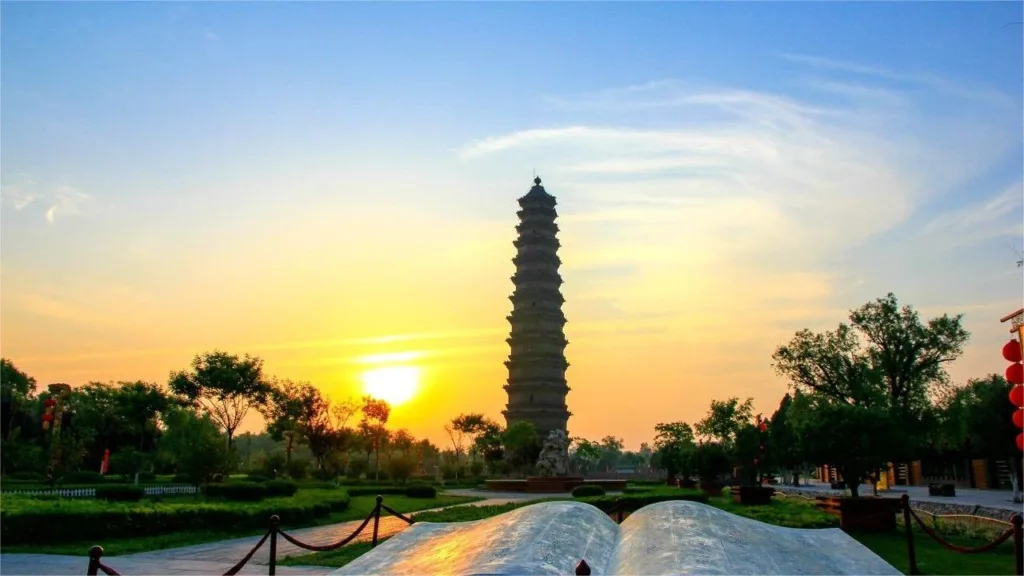
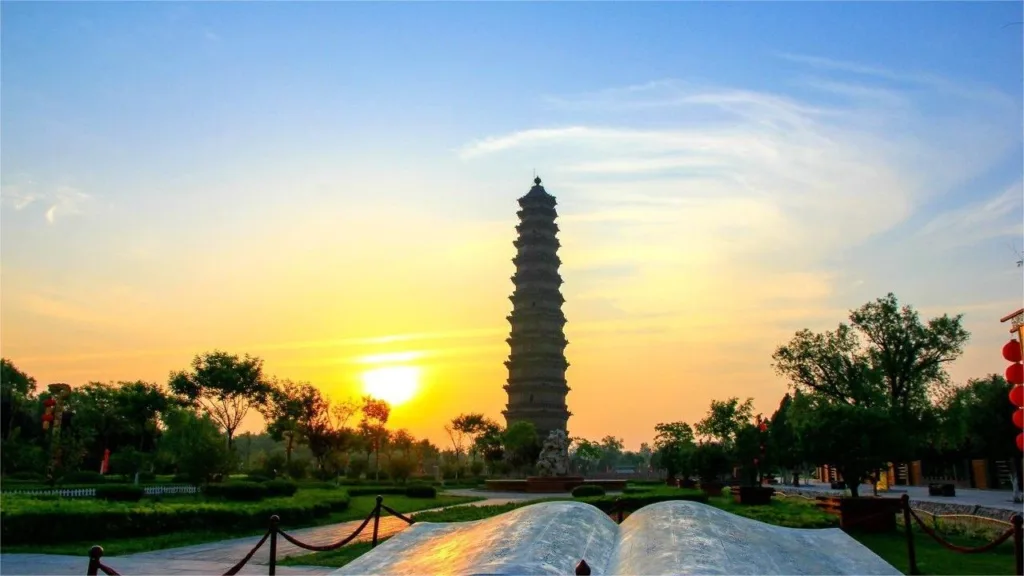
Iron Pagoda Park (铁塔公园), covering an area of 51.24 hectares, including 9.62 hectares of water area, is one of China’s top 100 famous gardens. The park is named after the Iron Pagoda (Kaibao Temple Pagoda) built in 1049. The central axis, from west to east, features the “First Pagoda in the World” stele, the “Paradise” archway, the nationally protected cultural relic “Iron Pagoda,” and the “Iron Pagoda Evolution Art Palace” built to help visitors better understand the history of the pagoda. On the left side of the central axis are the bonsai garden, Inspiration Temple, Guidance Hall, and Tranquil Garden. On the right side, from west to the central axis, are the large lawn, parking lot, Upper Garden, as well as the Bamboo Garden, Plum Garden, and Enjoyment Garden. At the easternmost end lies Iron Pagoda Lake, with He Gongxuan pavilion built on the lake.
Table of Contents
- Basic Information
- Location and Transportation
- Highlights of Iron Pagoda Park
- Vlog about Kaifeng Iron Pagoda
- Attractions near Iron Pagoda Park
Basic Information
| Estimated Length of Tour | 1 – 2 hours |
| Ticket Price | Free |
| Opening Hours | 8.00 – 18.00 |
| Telephone Number | 0086-0371-22826659 |
Location and Transportation
Iron Pagoda Park is located in the northeast corner of the urban area of Kaifeng City, Henan Province, China. Its precise address is 210 Beimen Street. To get there, you can take bus 6, 26, 33, 39, or 58 and get off at Iron Pagoda Park Stop (铁塔公园站).
Highlights of Iron Pagoda Park
Iron Pagoda
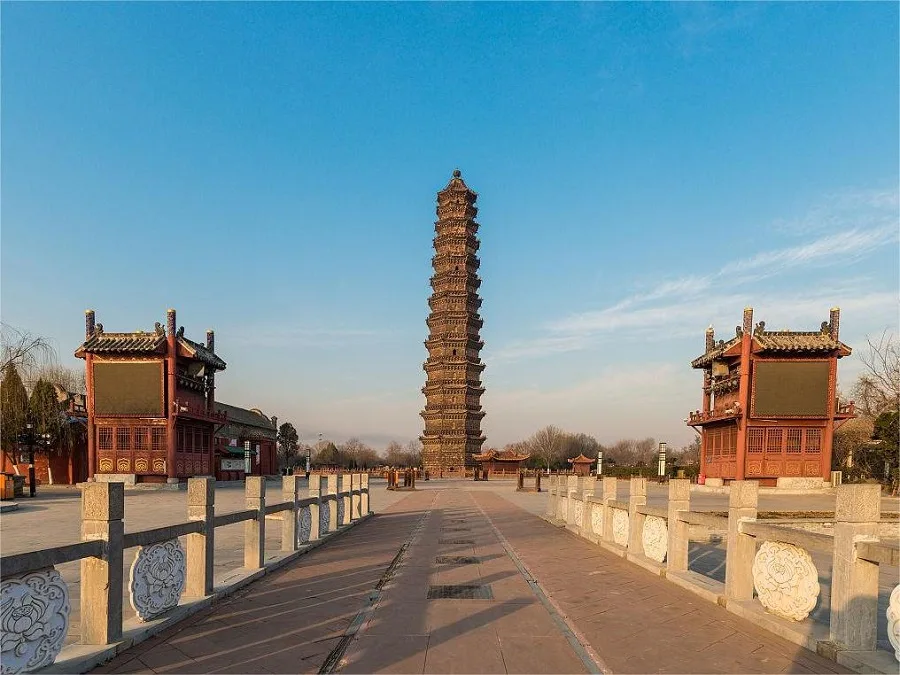
The Iron Pagoda, erected in the first year of Emperor Huanyou of the Northern Song Dynasty (1049), boasts nearly a millennium of history. Situated in the northeast part of Iron Pagoda Park, it is a significant cultural relic and a major attraction within the park, renowned as the “First Pagoda in the World.” Standing at a height of 55.88 meters with an octagonal shape and thirteen stories, the pagoda is also known as the “Kaibao Temple Pagoda” due to its location at the Kaibao Temple. Its nickname “Iron Pagoda” derives from the dark brown glazed bricks resembling iron columns, which were commonly used in construction since the Yuan Dynasty. The pagoda’s intricate design adopts traditional Chinese wooden structure forms, with its bricks adorned with various patterns like celestial beings, mythical creatures, and musical instruments. Despite enduring 37 earthquakes, 18 severe winds, and 15 floods over its nine-century existence, the pagoda remains steadfast and imposing.
Guidance Hall
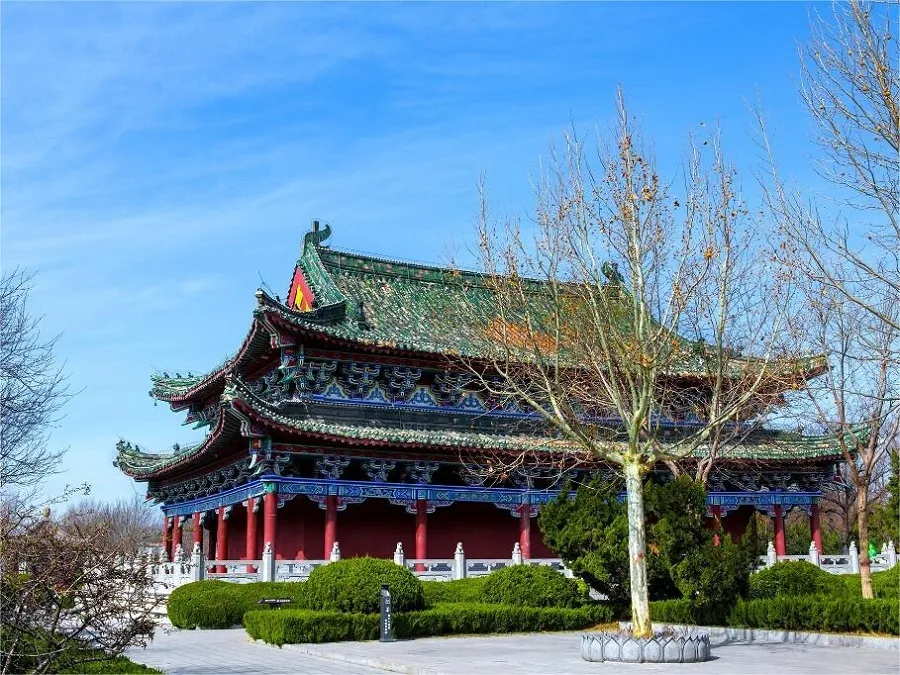
Positioned directly in front of the Iron Pagoda, the Guidance Hall is constructed in imitation of white marble, following a triple-gate archway-style resembling Song Dynasty architecture. It spans 70 meters wide and stands 12 meters tall. Adorning the walls to the left and right of the main entrance are eight solemn and sacred stone Buddha statues. Surrounding the hall, 24 large columns support its structure, while the base is encircled by an intriguing arrangement of 96 small lion statues crafted from green stones. The Guidance Hall was built in 1986 to house the Northern Song Dynasty relic, the “Guidance Buddha.” The Buddha statue stands at 5.14 meters tall, weighs 12 tons, and features a compassionate expression, dignified appearance, and symbolic “Swastika” emblem on its chest, representing auspiciousness. Adorned with patterns of mountains, rivers, clouds, and various floral motifs on its ornate robes, the statue exemplifies the exquisite craftsmanship of the Northern Song Dynasty. With its left hand placed horizontally across the chest and right hand hanging down, standing atop a lotus pedestal, the Buddha statue is covered in gold powder, radiating a resplendent glow.
Inspiration Hall
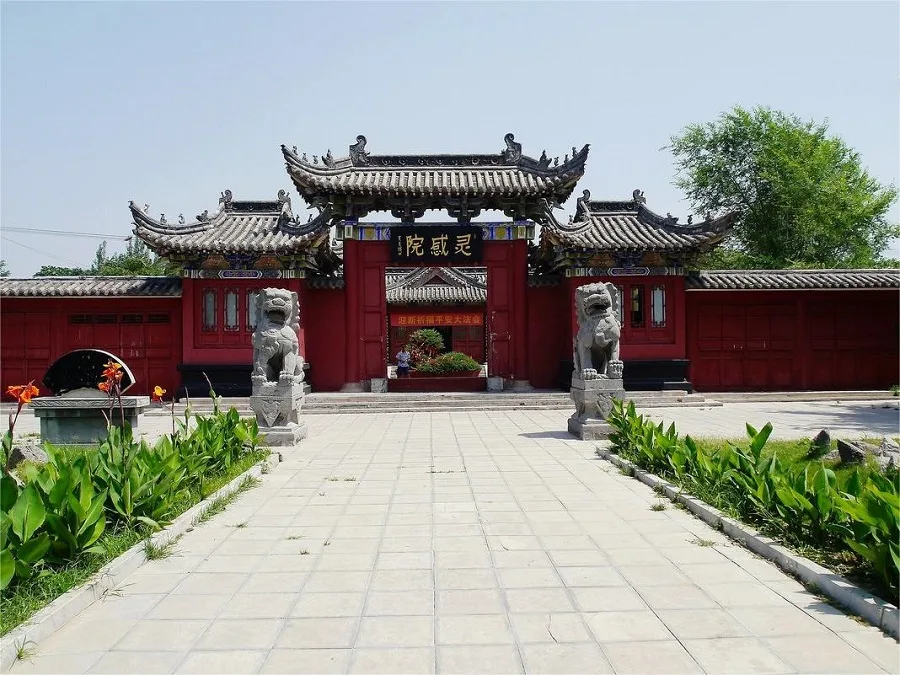
Adjacent to the Guidance Hall, the Inspiration Hall is built to enshrine a white jade Buddha statue. The main hall houses the statue of Shakyamuni, donated in 1933 by overseas Chinese residing in Myanmar. The statue, carved from Burmese white jade, gleams with crystal clarity, resembling a mirror. Seated, the statue stands approximately 1 meter high, 0.5 meters wide, with shoulders spanning 0.4 meters, chest 0.37 meters wide, and a base height of 0.14 meters, measuring 0.9 meters in length and 0.5 meters in width. The area where the statue is enshrined was previously known as Iron Pagoda Zen Temple, located east of the Iron Pagoda. Originally, it comprised several modern buildings constructed by the Henan Buddhist Academy, but due to neglect and aging, they collapsed one after another. In 1996, a Jiangnan-style garden consisting of pavilions and terraces was built north of the Guidance Hall, called Inspiration Hall, to house this white jade Buddha statue.
Vlog about Kaifeng Iron Pagoda
Attractions near Iron Pagoda Park

Dragon Pavilion Park

Wuxia City of the Great Song Dynasty
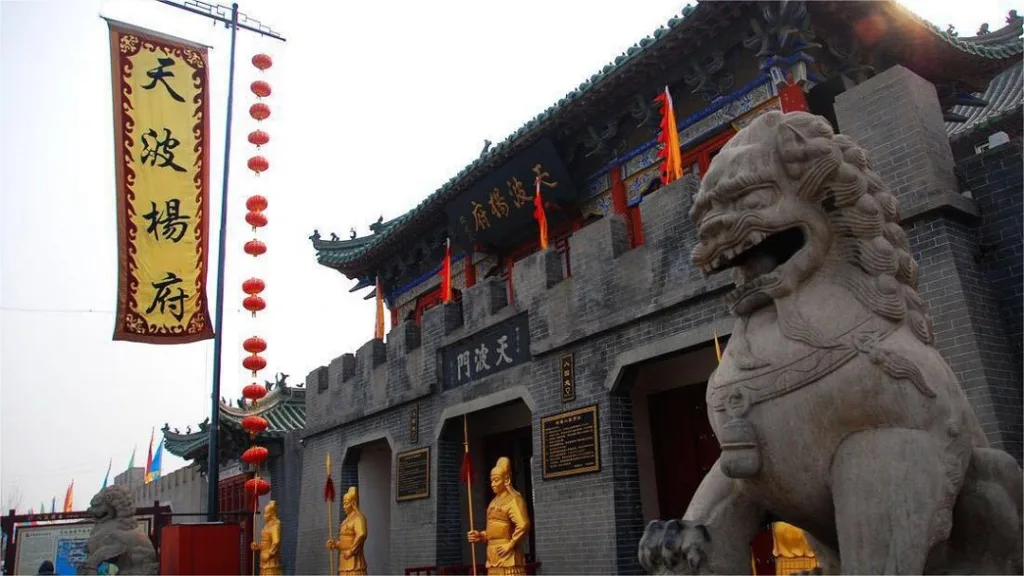
Tianbo Yang House

Qingming Riverside Landscape Garden
Henan historical sites, Kaifeng attractions